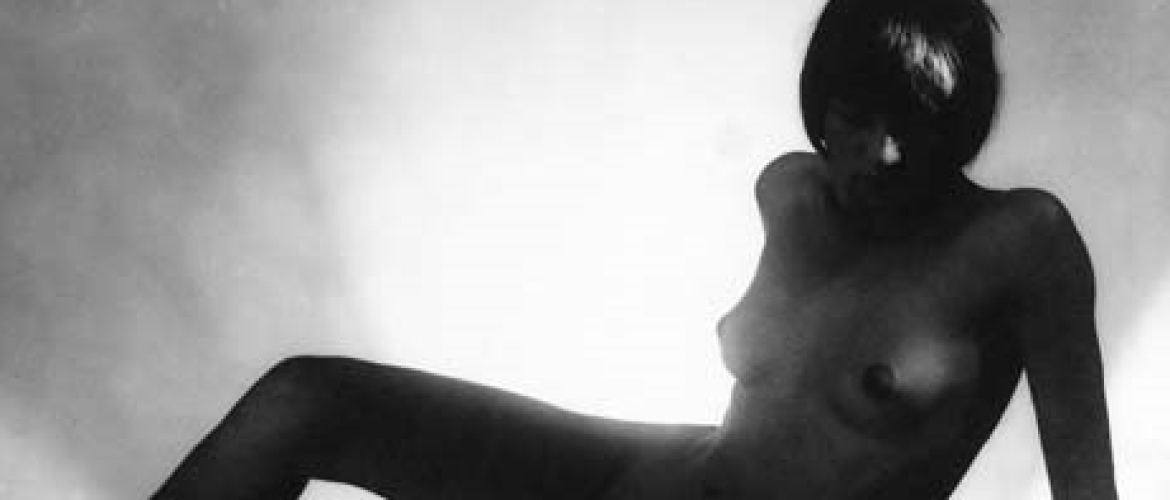
František Drtikol (1883-1961) – Man Ray’s contemporary, who combined avant-garde and symbolism in his works. The artist got his inspiration from art and religion, being a Buddhist and a follower of different esoteric schools like anthroposophy. At the same time, Drtikol was an enthusiastic member of the communist party.
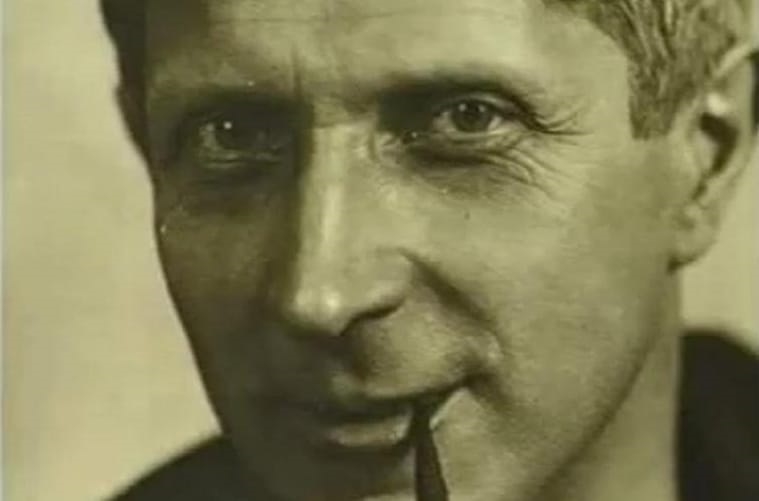
Fig. 1. František Drtikol (Wikipedia.org)
The Daring Dreamer and Well-Paid Portrait Photographer
Drtikol was the third child in the family of a grocer. From an early age, he showed interest in drawing rather than in the school routine. The young dreamer spent his time painting and reading novels. At fifteen, he left school, seeking an apprenticeship in drawing. His father introduced him to the local photographer Antonin Mattas, as he supposed that photography would allow František to earn a living. For three years, the artist served as an assistant. He gained a lot of practical experience but lacked the opportunity to express himself and test his creativity.
Da Vinci, Dürer, and Rembrandt
In 1901, he moved to Munich and enrolled in the Munich State Academy of Photography, founded a year earlier by Georg Heinrich Emmerich. There Drtikol became the most remarkable student in the group. He studied the works of Da Vinci, Dürer, and Rembrandt and took courses in physics, chemistry, optics, and drawing. After completing his studies in 1904, Drtikol work as an assistant in various photo studios. When the artist had undergone military service in 1907, he opened a studio in Pribram (his birthplace). Three years later, Drtikol moved to Prague and became a prominent portrait photographer.
Support in Esotericism
Among his guests were the French writer Paul Valéry, the Indian philosopher Rabindranath Tagore, the president of Czechoslovakia T.G. Masaryk, and Czechoslovakian minister Edvard Benes. Drtikol survived the World War, being assigned to a reserve regiment. After the war, he maintained activity at his studio in Prague. In the 1920s, the artist married the dancer Ervina Kupferova, with whom he had a daughter. At this period, the sight of destruction urged him to seek support in esotericism. Going deep into the philosophy of Buddhism, Drtikol quitted his career as a photographer and devoted himself mainly to painting, which he was fascinated by during childhood. Nevertheless, in 1945, he taught photography at the State School of Graphic Arts in Prague.
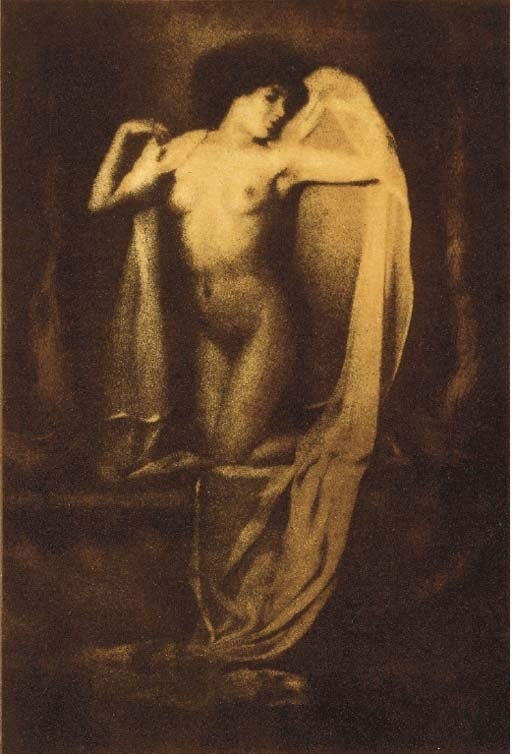
Fig. 2. Draped Nude, 1913 (christies.com)

Fig. 3. Left: The Sphinx by Drtikol (blogspot.com) Right: The Sphinx by von Stuck
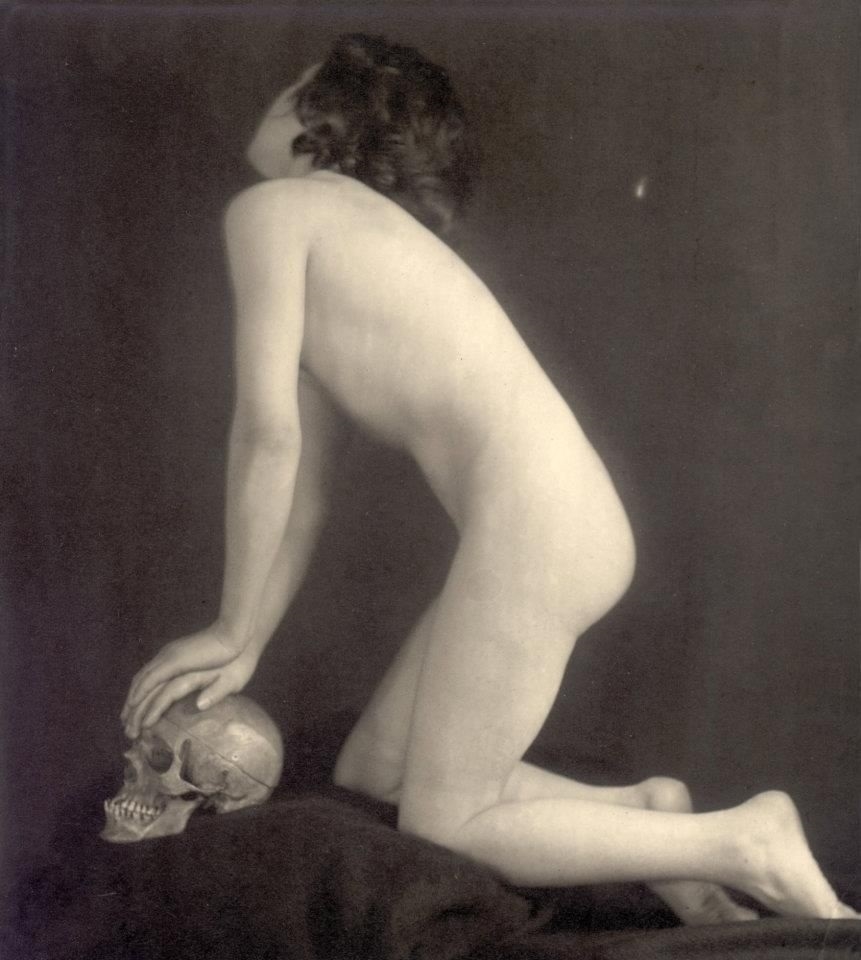
Fig. 4. Nude with a Skull (blogspot.com)

Fig. 5. ografologii.blogspot.com
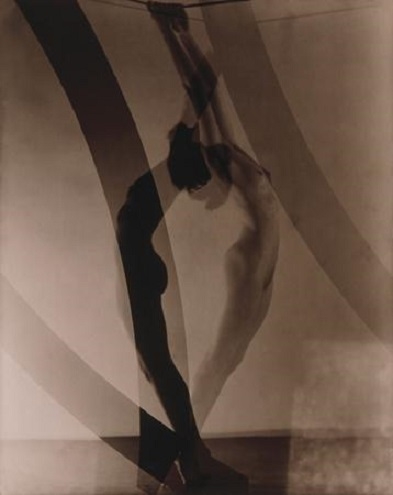
Fig. 6. dantebea.com
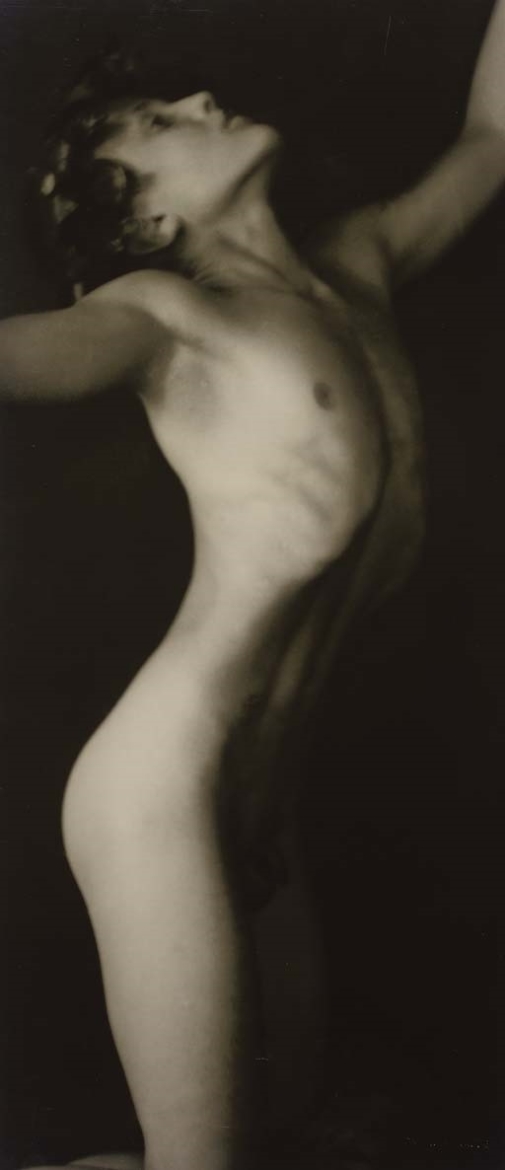
Fig. 7. Male nude (christies.com)
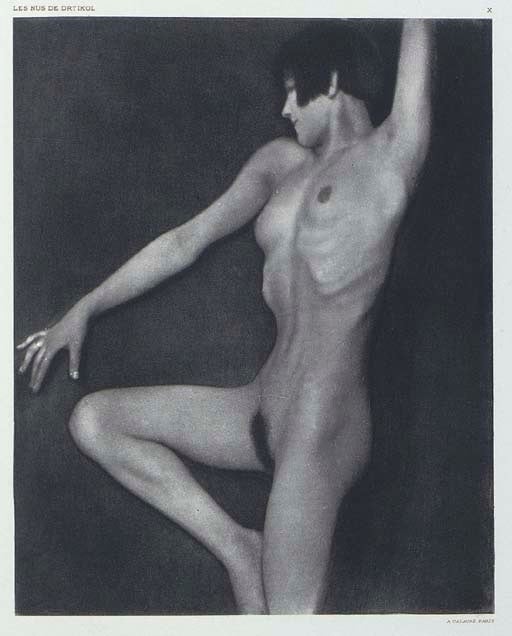
Fig. 8. Female Nude (christies.com)
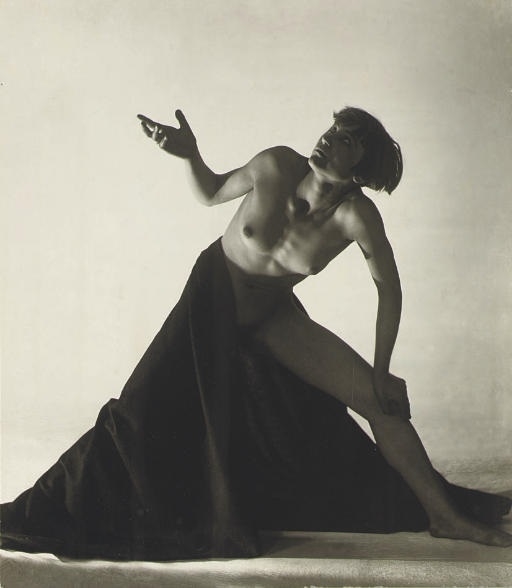
Fig. 9. Nude with a draped leg (cameralabs.org)

Fig. 10. flickr.com
Pictorialism, Cubism, and Buddhism
Just like Yasuzō Nojima and many other photographers of the beginning of the XXth century, Drtikol started as a pictorial artist, trying to produce a painting by means of photography. One could suppose that considering his wish to become a painter, Drtikol would remain a pictorialist, but, in fact, he left this manner soon. Though he was known as a portrait photographer, he also produced landscape and nude photos. He regarded nudity as natural human state saying that the God created people naked. By the end of the 1920s, the artist finished working on his most provocative The Step series, and the studies of motion, probably, designed as fragments of an erotic movie that was never released.
“New Vision” in Photography
This period resulted in the book Les nus des Drtikol, published in Paris, 1929. The artist works here as an avant-gardist and an adept of so-called “new vision” in photography, using montage and demonstrating contrast of the human body and geometric shape. In the 1930s, when Drtikol was inspired by religion, he created a series of spiritual photographs entitled The World of the Soul illustrating various aspects of Buddhism. At this time, he started to use small cardboard figures instead of human models.
Happened to Photography
In 1938, several years after selling his studio, Drtikol released the photo study Woman In Light, which consisted of 46 nude photos. Along with his studio in Prague, he gradually sold to museums near five thousand drawings and photographs, becoming more and more obscured. This Czech painter, who “happened to photography,” as photographer Josef Sudek once said, walked a long way from a respected portraitist to a man who did what he wanted to do in exchange for previous popularity. I am inspired by three things: decorativeness, motion, and the stillness and expression of individual lines. I then use the background and props – simple objects such as circles, wavy lines and columns – accordingly. I let the beauty of the line itself make an impact, without embellishment, by suppressing everything that is secondary… or else I use the body as a decorative object, positioning it in various settings and lights. This is how I create all my pictures. (František Drtikol, (Jan Velinger. Dreams of shadow and light))
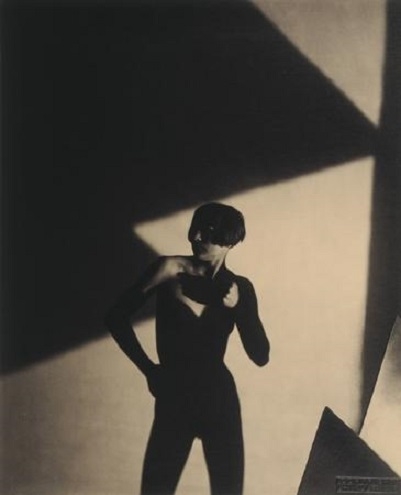
Fig. 11. Nude, 1927 (wordpress.com)
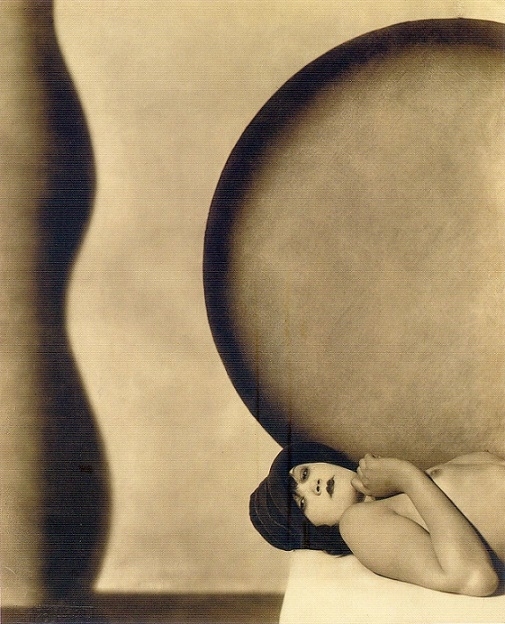
Fig. 12. Lying Nude (blogspot.com)
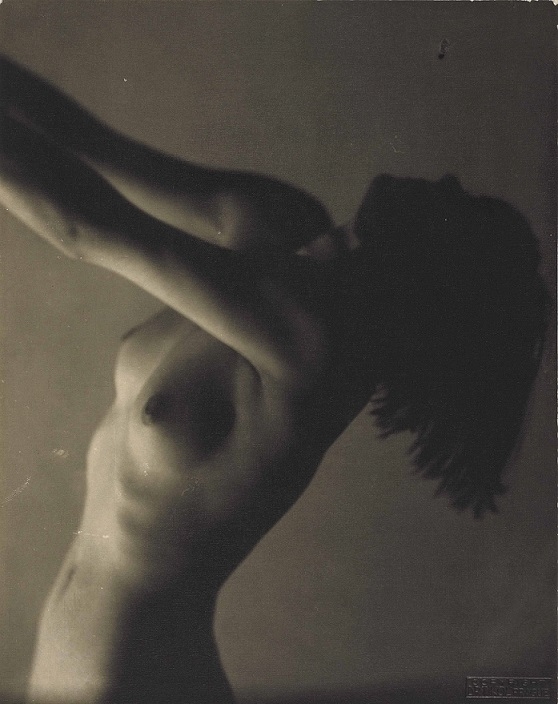
Fig. 13. Woman In light (ymorno.ru)
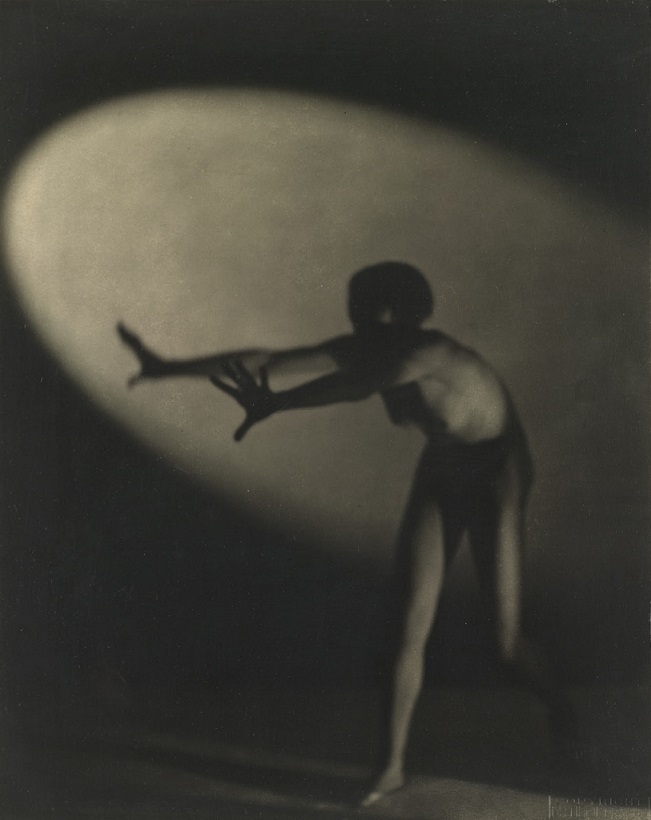
Fig. 14. Woman In Light (blogspot.com)
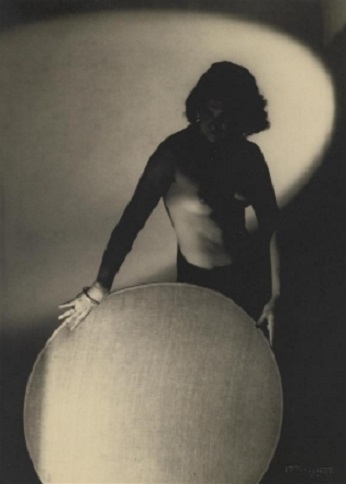
Fig. 15. Woman In Light (ymorno.ru)
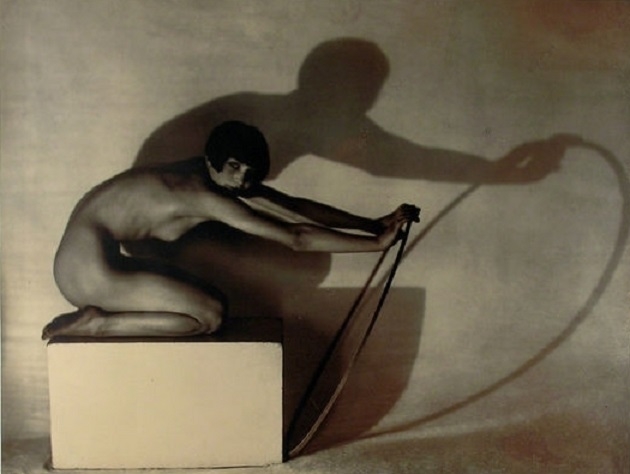
Fig. 16. blogspot.com

Fig. 17. Angled limbs meeting a circle. František Drtikol in The Representation of the Body: Photographs from the Shalom Shpilman Collection (collectordaily.com)
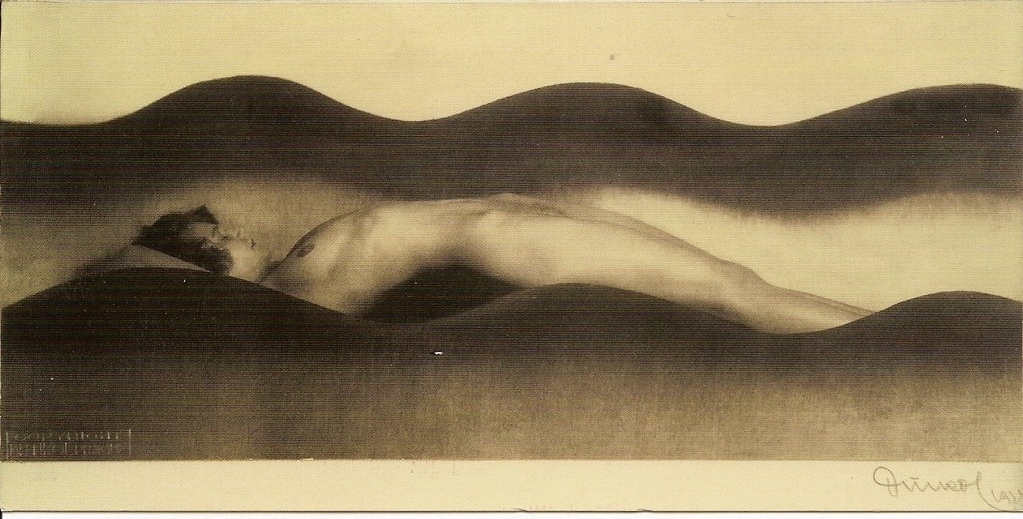
Fig. 18. staticflickr.com
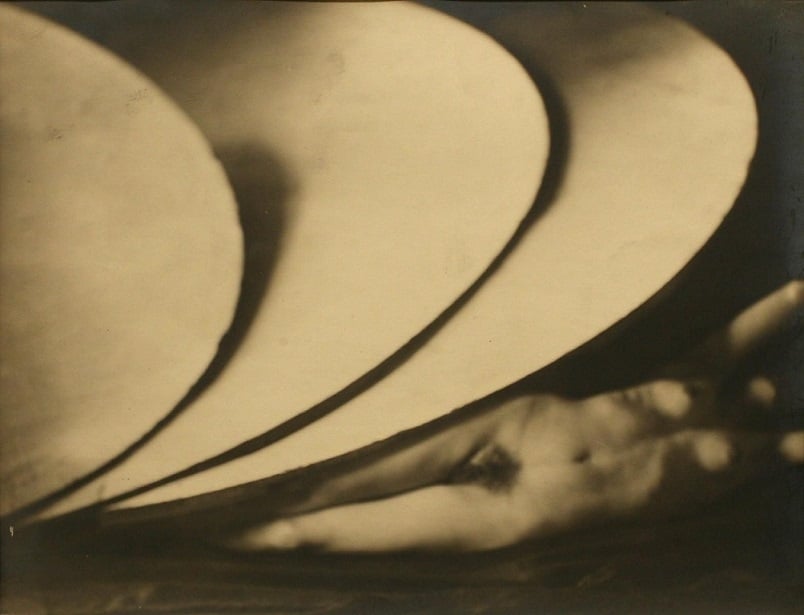
Fig. 19. amazonaws.com
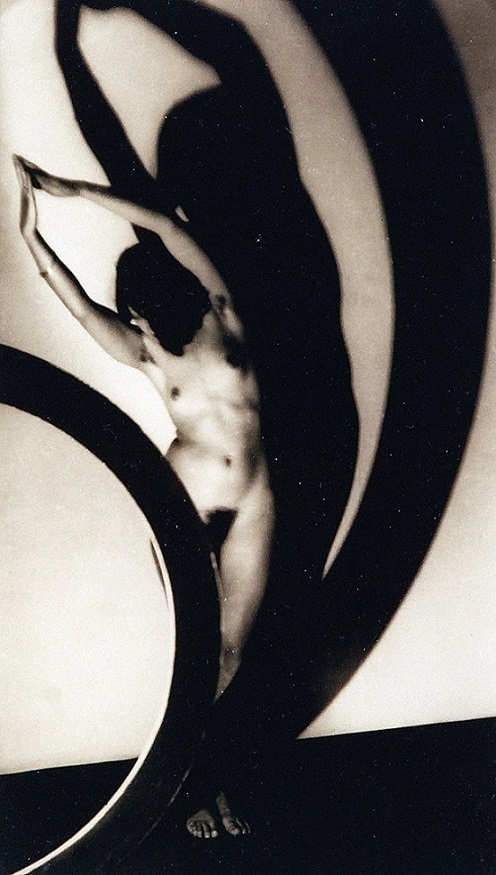
Fig. 20. Nude, ca. 1930 (dorotheum.com)
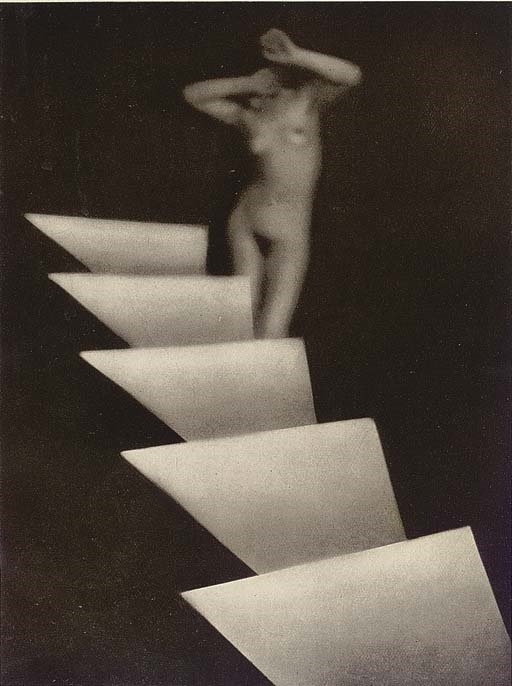
Fig. 21. obrazocky.blogspot.com
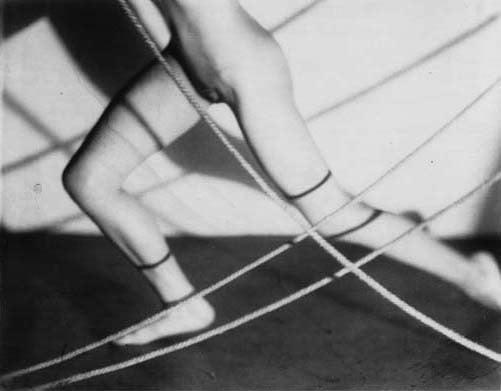
Fig. 22. tumblr.com
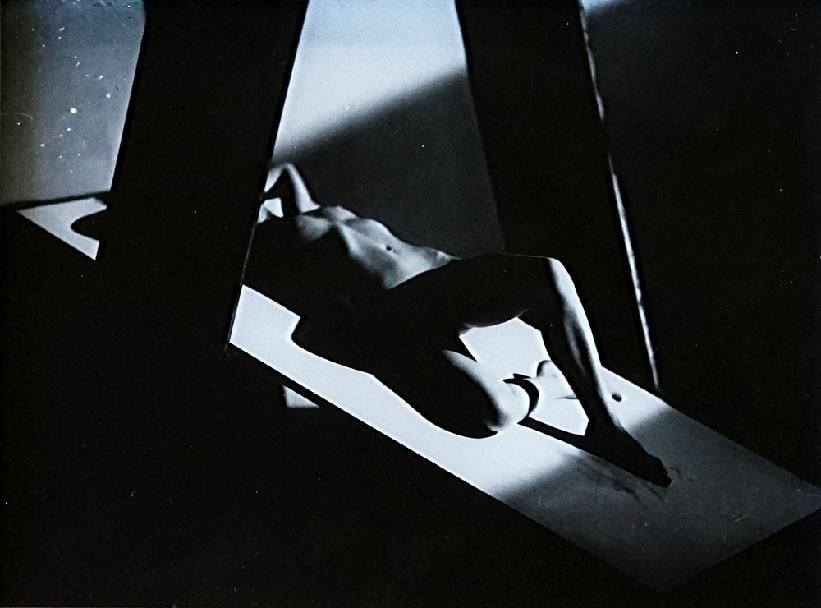
Fig. 23. czechantik.cz
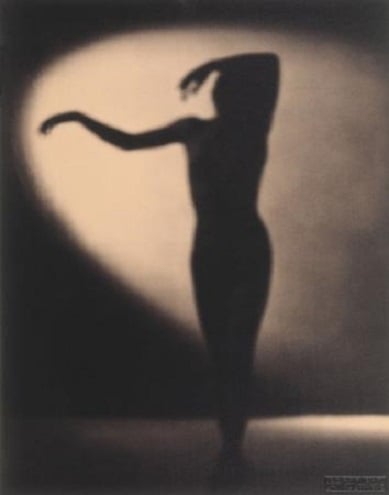
Fig. 24. blogspot.com
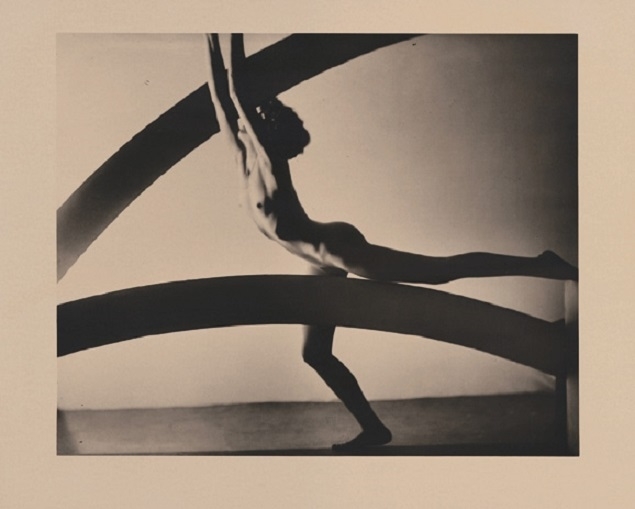
Fig. 25. ergofoto.ru

Fig. 26. blogspot.com

Fig. 27. ymorno.ru
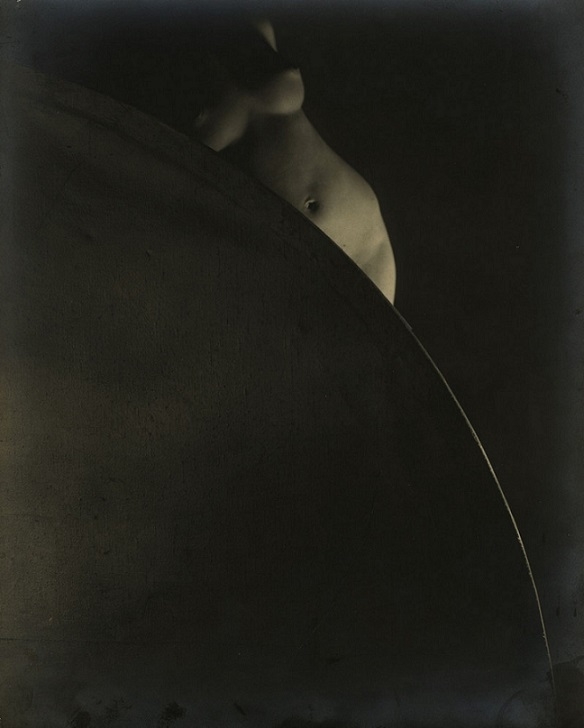
Fig. 28. ymorno.ru
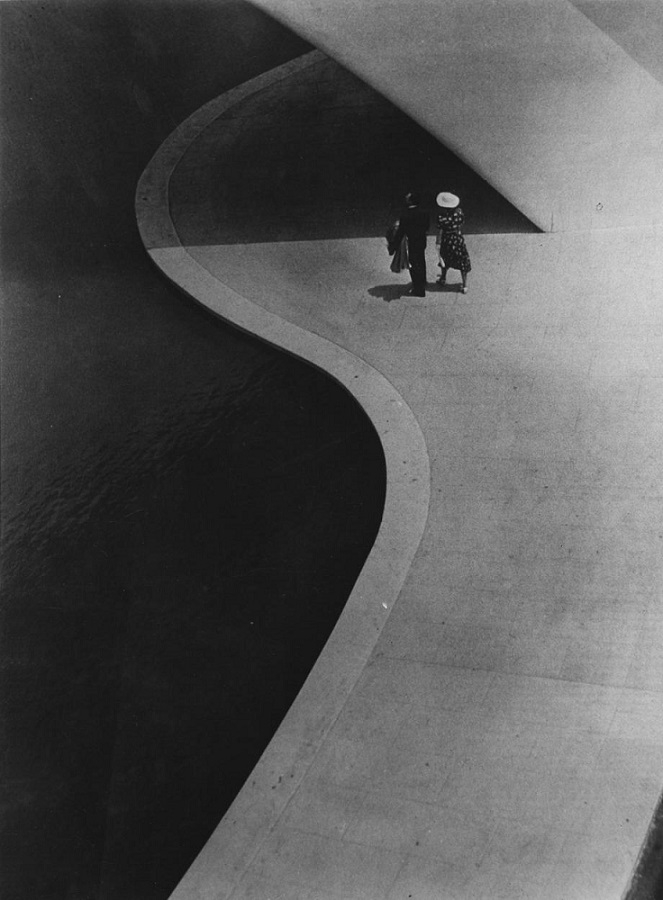
Fig. 29. blogspot.com
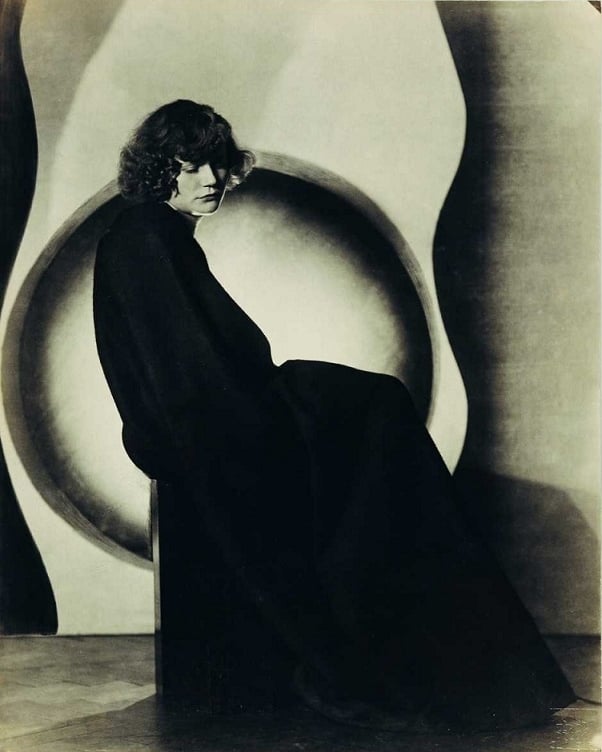
Fig. 30. blogspot.com
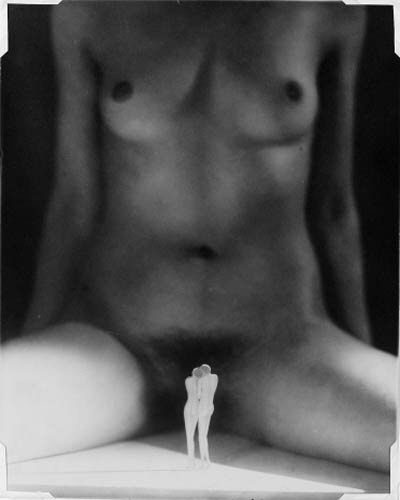
Fig. 31. Nude, ca. 1933 (christies.com)
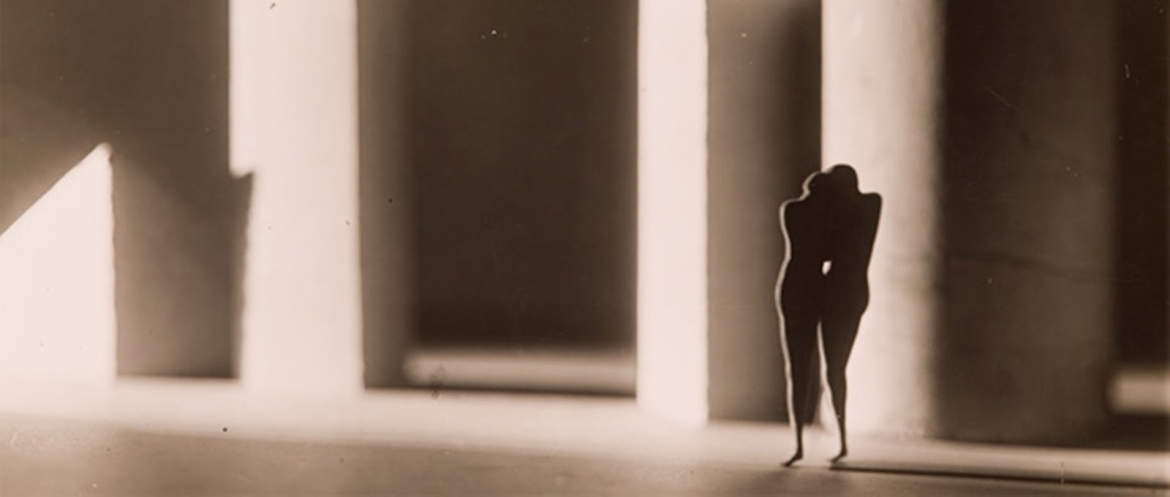
Fig. 32. blogspot.com
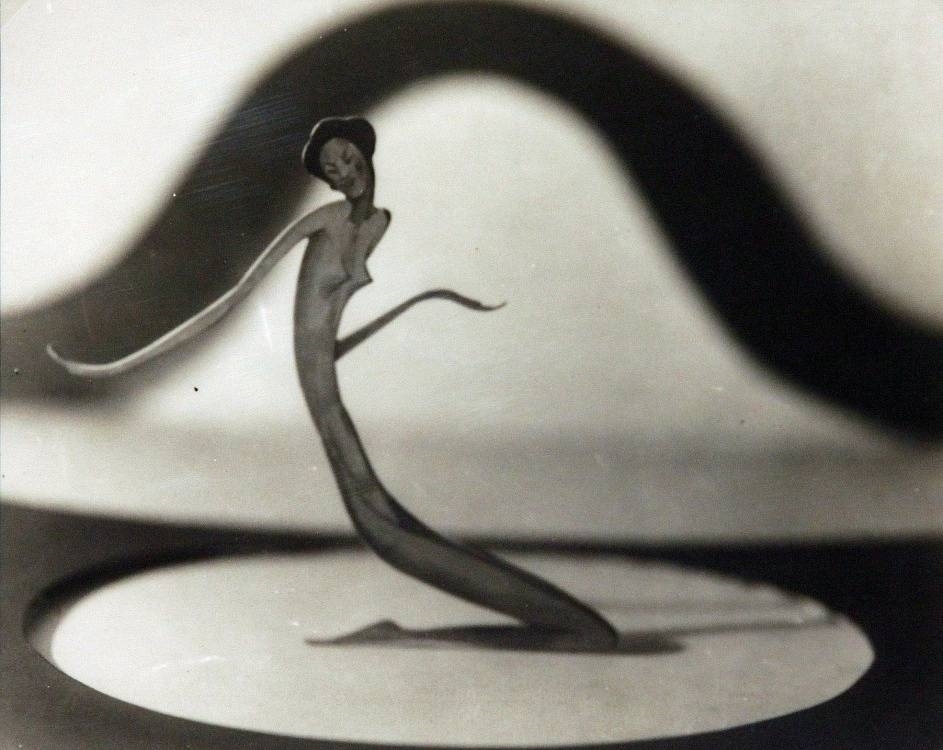
Fig. 33. blogspot.com
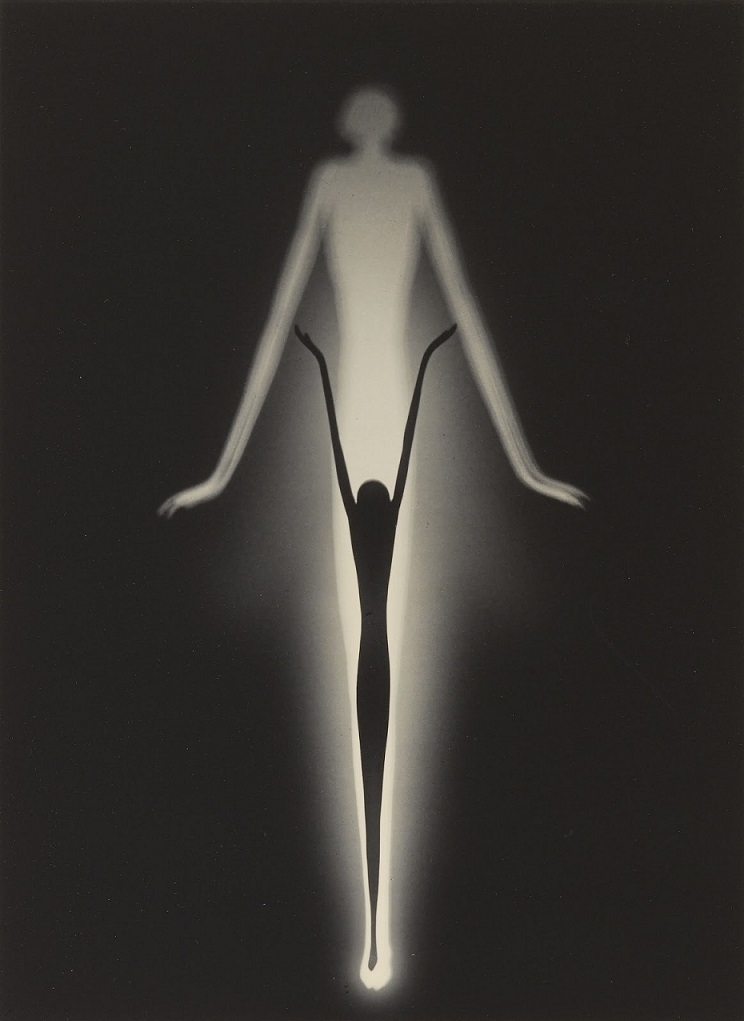
Fig. 34. blogspot.com
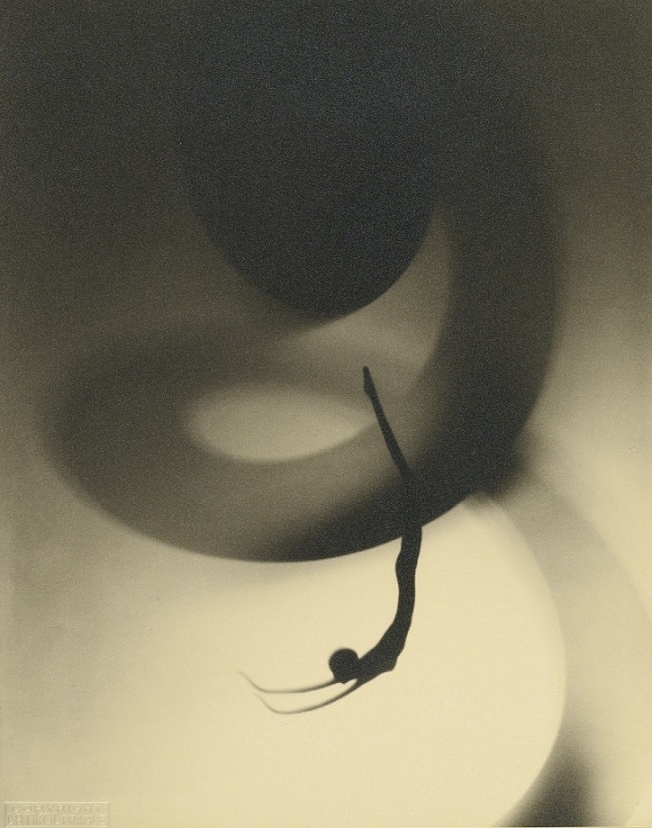
Fig. 35. blogspot.com
Sources: Wikipedia.org; english.radio.cz
Click HERE for an article (including striking pics!) on the photography of nudism at the beginning of the XXth century….!!
Let us know your thoughts on the avant-garde nudity of František Drtikol in the comment box below….!!
